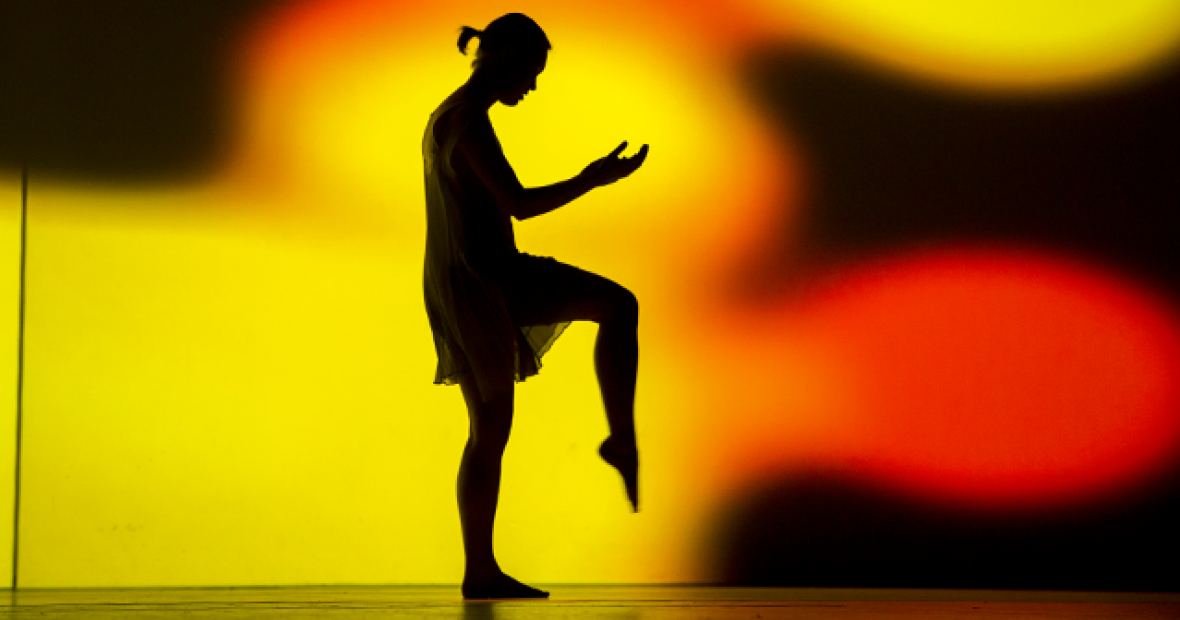Teaching Science through Dance
Ana Novak ’14 loves science. She also loves dance. Through independent work and a yearlong Mentored Advanced Project (MAP), she combined her passions to both teach and learn.
Dancing DNA
When Novak was a second-year, Celeste Miller, associate professor of theatre and dance, introduced her to Dance Your Ph.D. In the competition, scientists use choreography to answer the question, “What is your Ph.D. about?”
“It’s not dissimilar to using models and diagrams to make concepts more understandable. The difference,” Novak says, “is that in dancing a scientific text, you make it a more personal learning experience and take ownership of the material for yourself.”
Her third year, Novak worked with some members of the College’s dance ensemble to create a performance based on DNA. “I would come in with different pictures of DNA, and we looked at how it was represented in texts,” she says.
Her visual aides included:
- a three-dimensional model of a double helix;
- pages filled with the letters C, A, T, and G;
- X-ray crystallography; and
- the lines of DNA gel electrophoresis (a way to separate fragments of DNA for analysis).
Kinesthetic Kids
Her senior year, Novak worked with Miller on a two-part MAP.
The first semester, she worked with elementary school students at the Galaxy youth center to examine the efficacy of kinesthetic learning.
She presented the children with a concept that they wouldn’t learn about in school for a decade, a formal definition of DNA:
Deoxyribonucleic acid is a nucleic acid that contains the instructions used to aid in the development and growth of all known living organisms.
“That’s quite a punch as a definition,” Novak says.
The kids worked from the vocabulary that they were able to relate to, embodying concepts such as “contain” and “growth.”
“Hopefully, when they learn the science later in life,” says Novak, “they’ll relate the words to the reality of DNA.”
Solo Show
Jackie Brown, a biology professor, shares Novak’s interest in the intersection of science and art — particularly dance. He offered her the use of a research proposal developed with Idelle Cooper ’01 on the evolution of color in Hawaiian damselflies.
She based her performance, “Performative Reflections on an Evolutionary, Ecological Research Proposal,” on the language from the proposal’s introduction.
Novak says that the dance can be analyzed based on her specific interpretations from Brown and Cooper’s proposal. But there’s nothing wrong with simply appreciating the beauty that science can inspire.
Novak took the MCAT this summer and is working as a medical scribe for a year before entering medical school. She hopes to do more work kinesthetic learning with children in classroom settings.

